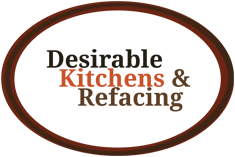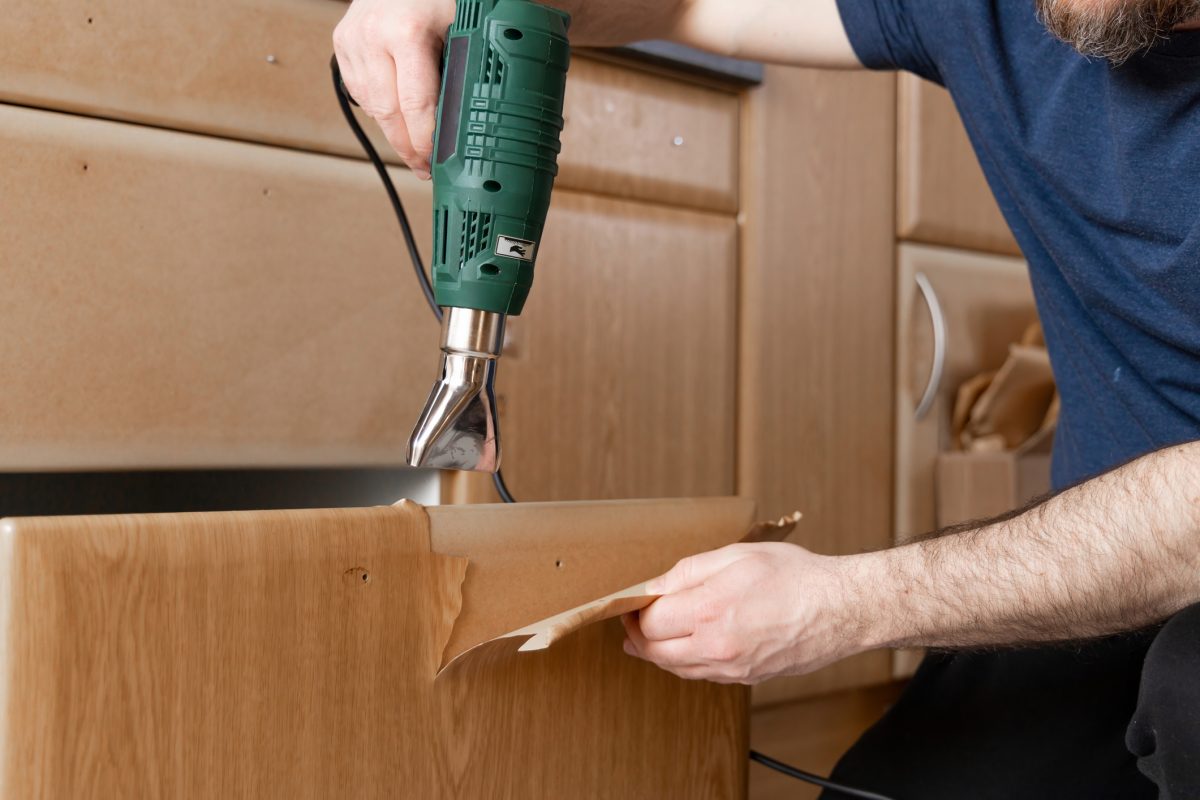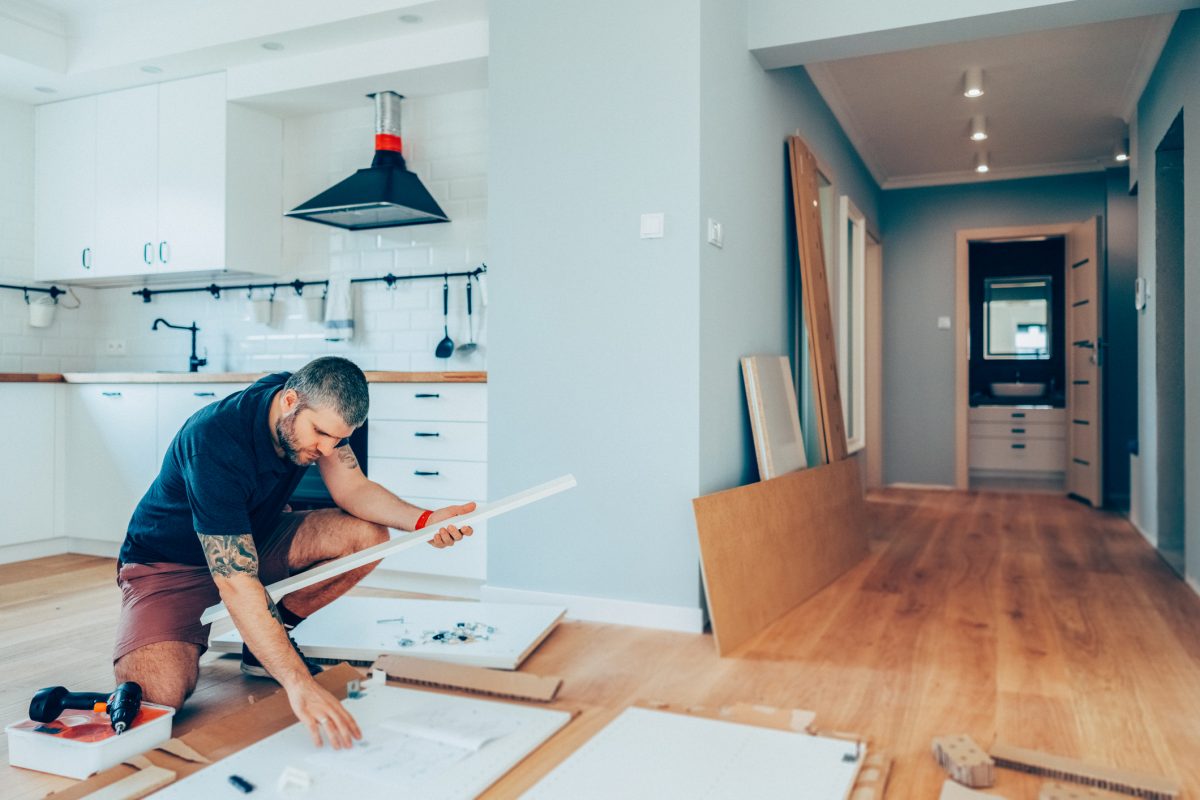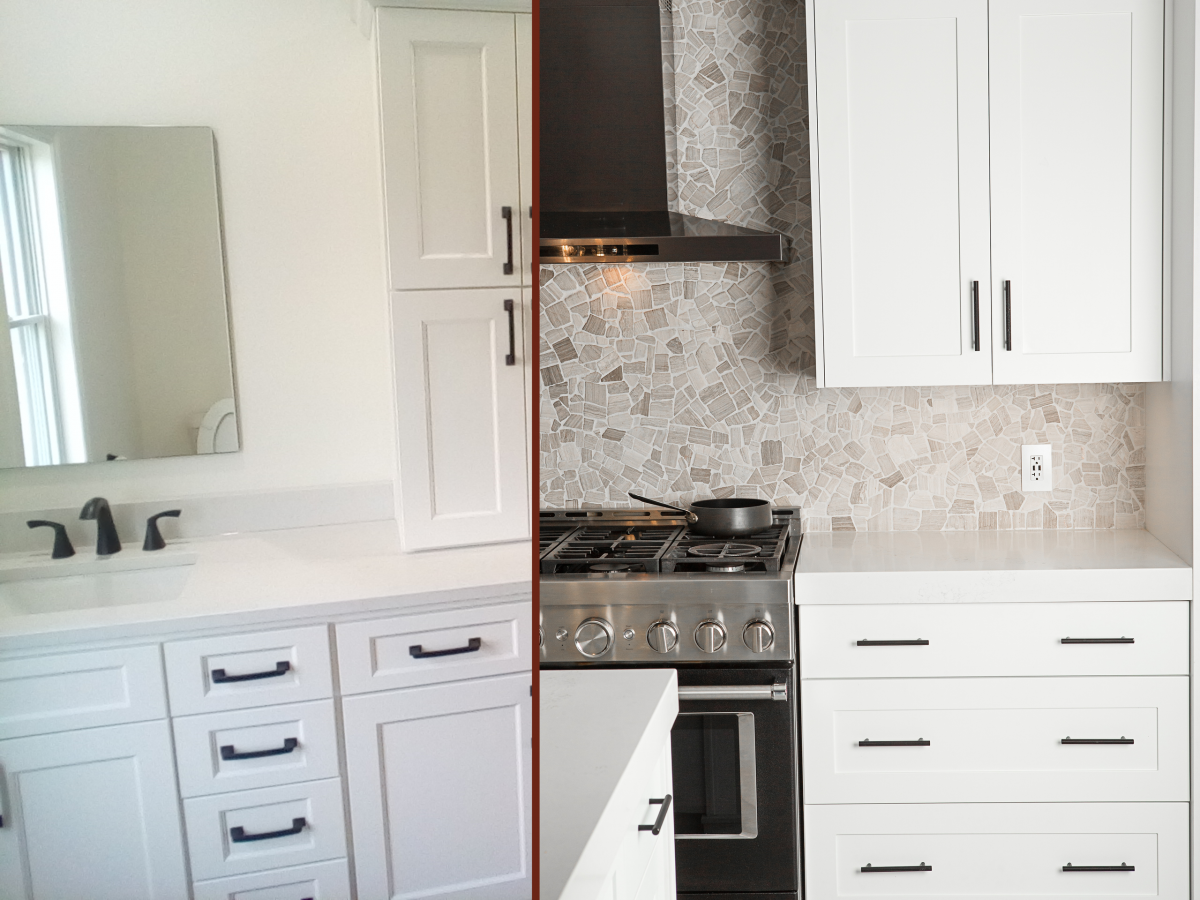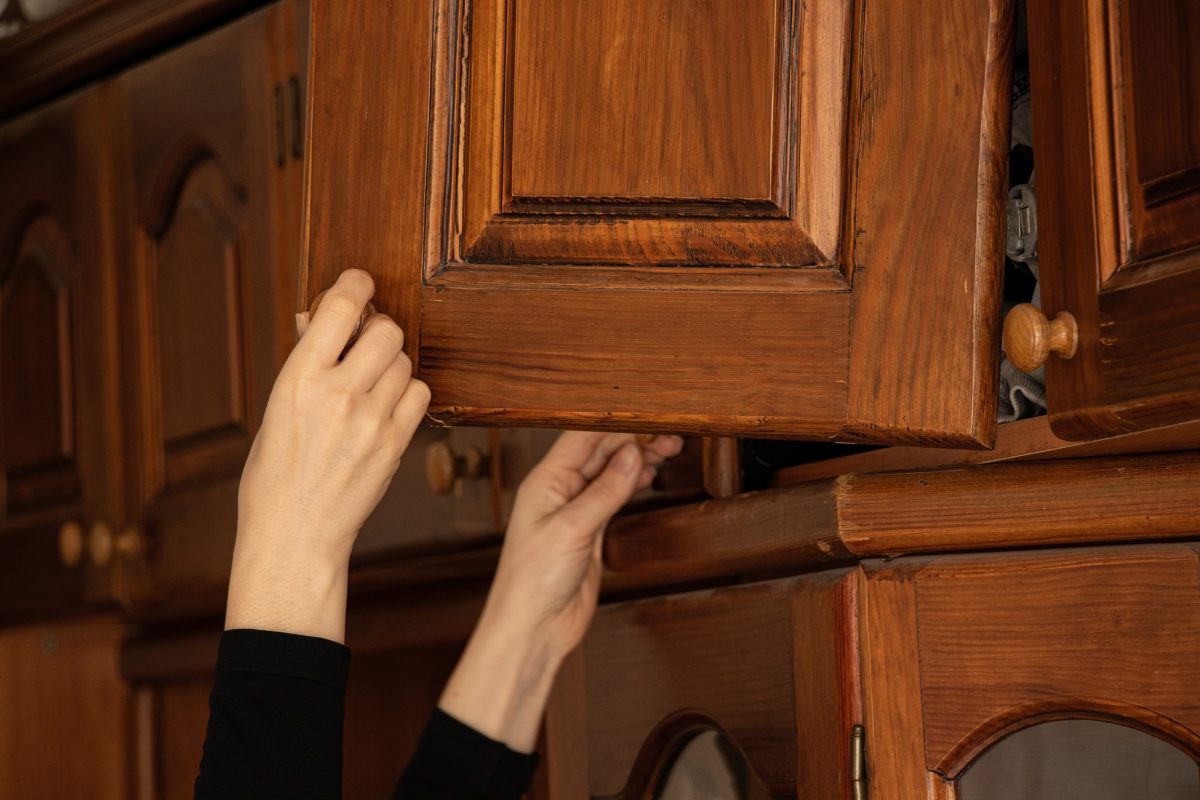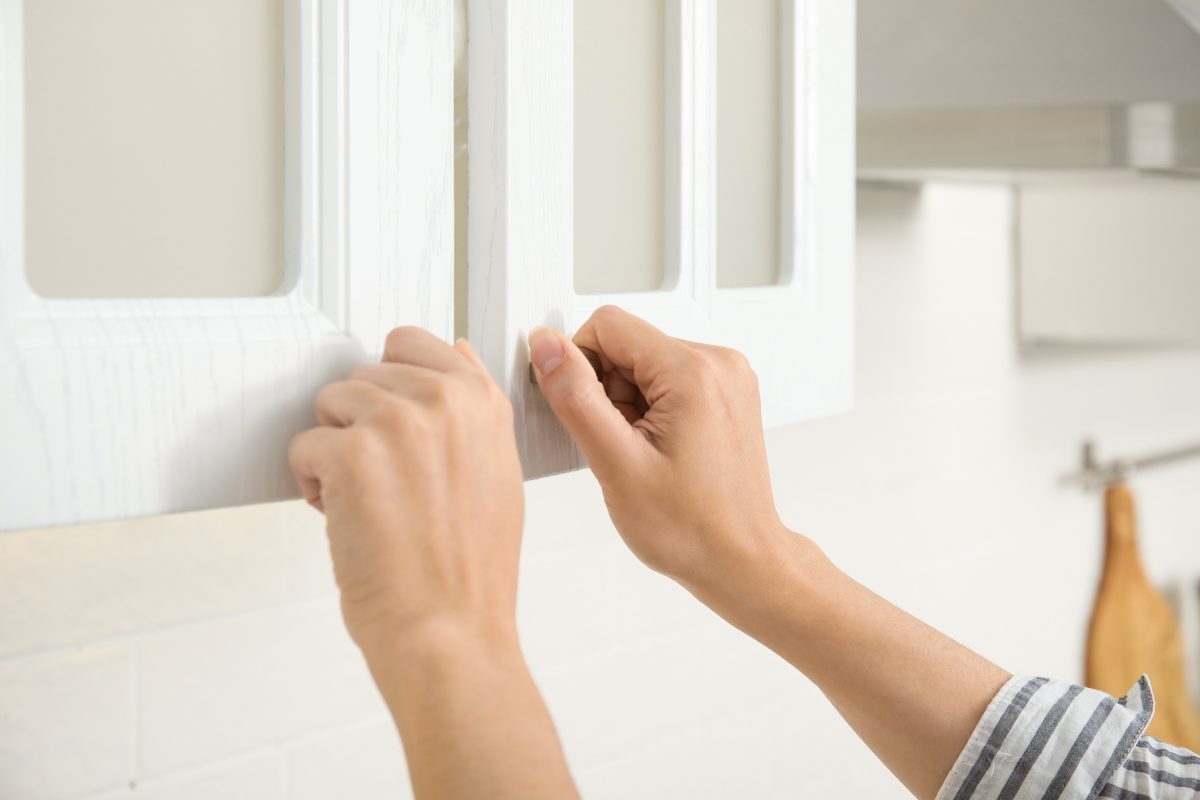If your cabinets have been showing their age, you may need to replace them for a completely new look. For Pittsburgh homeowners, cabinet refacing is an appealing option because it offers the opportunity to refresh the kitchen without the expense or disruption of a complete remodel.
The big decision, however, often comes down to how to reface. Should you purchase a do-it-yourself kit from a big-box store and attempt the project on your own? Or should you turn to professional kitchen cabinet refacing services from an experienced company like Desirable Kitchens & Refacing?
While DIY may appear less expensive at first, the reality is far more complicated. In this article, we’ll explore the true differences between DIY and professional cabinet refacing, so you can make the choice that provides the best results, the most value, and the least stress.
Why Cabinet Refacing Beats Replacement
Cabinet refacing offers a practical solution for homeowners who want to improve the look and feel of their kitchen but don’t want to commit to the expense of replacing their cabinets entirely. The process includes removing and replacing doors and drawer fronts while applying a new veneer, laminate, or wood finish to the cabinet boxes. Hardware such as hinges, handles, and drawer pulls can also be updated, creating a cohesive, fresh appearance.
This approach is significantly more cost-effective than replacing cabinets, which can quickly become one of the largest expenses in a full kitchen remodel. Refacing also avoids the disruption of a demolition project. Your kitchen layout remains intact, so you don’t have to worry about rerouting plumbing, electrical wiring, or ventilation.
For Pittsburgh homeowners, where many kitchens have solid cabinet boxes that are structurally sound, refacing makes especially good sense. Instead of sending perfectly good materials to the landfill, you can preserve your existing cabinetry while giving it a new look and longer life.
Two Paths: DIY Kits vs. Professional Services
Once you’ve decided that refacing is the right choice, the next question is whether to take on the project yourself or hire a professional. The DIY option usually comes in the form of ready-to-use kits that include veneer sheets, adhesive, and perhaps a limited selection of replacement doors. These kits appeal to budget-conscious homeowners and those who enjoy hands-on projects, but doing it yourself does not always equal cheap.
Professional services, on the other hand, provide a much more tailored solution. Companies like Desirable Kitchens & Refacing offer custom materials, precise installation, and a wide range of design options that allow you to personalize and refresh within the skillset of a cabinet refacing expert who has done this extensively on a daily basis throughout their life.
The choice often comes down to this: do you want a surface-level solution that may not stand the test of time, or do you want a lasting upgrade that looks and functions like a brand-new kitchen?
The Appeal of DIY Cabinet Refacing and Why It Often Fails
It’s easy to understand the appeal of DIY. The kits cost less upfront, and you don’t need to coordinate schedules with contractors. For homeowners who like the idea of rolling up their sleeves, DIY can seem like the perfect weekend project.
However, the reality is often far different. The precision required for cutting veneer, aligning new cabinet doors, and ensuring smooth finishes is easy to underestimate. A miscut panel or misaligned hinge can throw off the appearance of an entire kitchen.
The materials provided in DIY kits are also limited and of lower quality. Most include thin peel-and-stick veneers that lack the durability of professional-grade laminates or wood. Over time, these materials may peel, bubble, or chip, especially in kitchens where heat and humidity are everyday factors.
Many homeowners who start a DIY refacing project find that it takes far longer than expected. What was planned as a weekend effort can stretch into weeks or longer of half-finished cabinets, disrupting daily life and leaving the kitchen in a disheveled heap, when it could have just been completed.
Don’t let this project compete with the other busy elements of your life. Instead, hire the experts at Desirable Kitchens to complete the job; on time, and on spec.
The Limitations of DIY Cabinet Refacing Kits
Beyond the lack of precision, DIY kits have several notable limitations. First, the materials are not designed for long-term use. Veneers in these kits often use lower-quality adhesives that struggle to withstand the fluctuating temperatures and moisture levels common in Pittsburgh kitchens.
Second, design choices are restricted. Homeowners are typically limited to a few finishes and hardware options, making it difficult to achieve a look that matches the rest of the home. If you’re investing the time and effort to transform your kitchen, you may not want to settle for a compromise in style.
Third, there is the very real risk of damaging your existing cabinetry. Removing old hardware, trimming veneer, or applying adhesives incorrectly can leave permanent marks. These mistakes often require additional repairs or in worst cases, force homeowners to replace cabinets altogether.
Finally, DIY refacing places the entire burden of time and stress on you. Without prior carpentry experience, tasks that seem straightforward in a tutorial video can become overwhelming in practice.
What Professional Cabinet Refacing from Desirable Kitchens & Refacing Delivers
Hiring a professional is about more than convenience—it’s about ensuring that the final result is something you can be proud of for years to come. Desirable Kitchens & Refacing brings a level of expertise, craftsmanship, and design flexibility that DIY kits can’t match.
With access to premium materials, including solid wood veneers, custom-built cabinet doors, and durable laminates, you get finishes that are made to last. The selection is also far broader. From modern shaker styles to classic raised-panel doors, and from sleek brushed nickel hardware to warm brass pulls, you have countless combinations to create a look that feels uniquely yours.
Professional installers bring precision to every step of the process. Doors are aligned perfectly, veneers are applied seamlessly, and the finished product looks as though the cabinets were newly installed. Most projects are completed in just a few days, with minimal disruption to your home. And unlike DIY kits, professional work is backed by warranties, protecting he investment you’ve made in your kitchen.
Cost Comparison: Short-Term Savings vs. Long-Term Value
DIY refacing indeed appears cheaper initially. However, the savings often prove short-lived. Materials that fail within a few years will need to be replaced, and mistakes can lead to additional costs. In some cases, homeowners who attempted DIY refacing end up hiring professionals to fix or redo the project, effectively paying twice.
By contrast, investing in kitchen cabinet refacing services from Desirable Kitchens & Refacing ensures long-term value. The materials and techniques used are designed for durability, meaning you won’t need maintenance or premature replacements. When you consider the lifespan of the finished product, professional refacing often proves to be the more economical choice.
Durability and Longevity: Why Professional Wins
Durability is one of the clearest differences between DIY and professional refacing. Professional-grade adhesives prevent edges from peeling and ensure that veneers remain secure even in high-traffic kitchens. Edge banding techniques create a seamless finish that resists wear.
Just as importantly, doors and drawers are installed with care, ensuring that they open and close smoothly without gaps or misalignment. Instead of dealing with cabinets that look good for a year or two and then deteriorate, homeowners who choose professional services enjoy results that maintain their beauty and function for years to come.
Local Expertise Makes the Difference
Working with a Pittsburgh-based company like Desirable Kitchens & Refacing provides benefits that go beyond materials and installation. Local expertise means understanding the styles that fit Pittsburgh homes, from historic city row houses to newer suburban builds. It also means selecting materials suited to the area’s climate, where seasonal humidity and temperature changes can affect how cabinetry performs.
Most importantly, Desirable Kitchens & Refacing has built a reputation in the community as a trusted kitchen remodeling contractor in Pittsburgh. Homeowners can be confident knowing they are working with a company that values quality, service, and long-term customer satisfaction.
Reface Your Kitchen Cabinet for a New Look. Call Desirable Kitchens and Refacing Today!
DIY cabinet refacing may look great at first glance, but the trade-offs in durability, design options, and finish quality are significant. For most homeowners, the time, stress, and hidden costs make DIY a less practical choice.
By choosing professional cabinet refacing in Pittsburgh, you receive high-quality materials, expert craftsmanship, and a smooth, efficient process—all backed by local expertise and warranties. The result is a kitchen that doesn’t just look refreshed today but continues to serve your family beautifully for years to come.
If you’re ready to update your kitchen, skip the frustrations of DIY and choose the proven path. Contact Desirable Kitchens & Refacing today to schedule your free consultation and discover how professional refacing can transform your space.
Serving Pittsburgh homeowners with trusted cabinet refacing and kitchen remodeling solutions.
